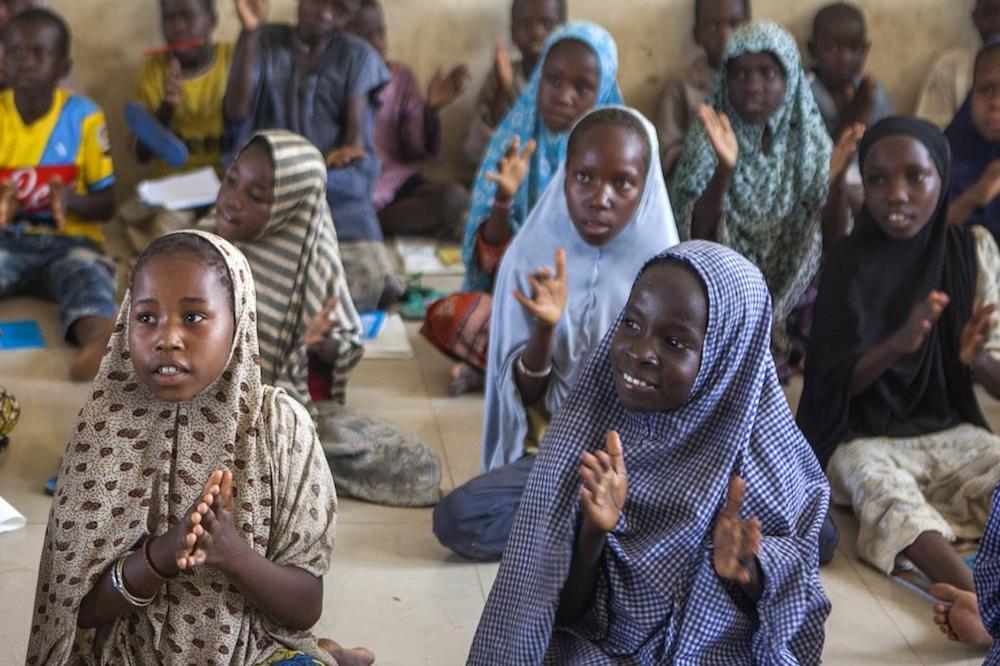
End Child Slavery Week to highlight plight of 5.5m victims worldwide
Child labour
Millions of children around the world suffer appalling misery every day – trapped in lives of slavery and forced labour.
Child trafficking, debt bondage, serfdom, recruitment for use in armed conflict. All forms of slavery and slavery-like conditions. Many forms of child marriage amount to slavery too, according to Anti-Slavery International.
The organisation is one of many involved in End Child Slavery Week from November 20 to 26. The week of events comes as a global survey revealed today there are nearly 36 million people of all ages – 0.5 per cent of the world’s population – living in slavery.
The International Labour Organization estimates that the number of children in slavery worldwide is about 5.5 million – a figure that has not changed in almost a decade. Slavery and child labour prevent millions of children from going to school and learning and dooms them to a cycle of poverty and depression.
Anti-Slavery International is working with a coalition of NGOs and civil society organisations – including Education International and Global March Against Child Labour – to urge the United Nations to include eradication of child labour and child slavery in the 2025 Sustainable Development Goals, the successor to the Millennium Development Goals.
The 2014 #slaveryindex out now: An estimated 35.8 million people are living in conditions of slavery today. Download: http://t.co/pZ1TAAkVHu
— Global Slavery Index (@SlaveryIndex) November 17, 2014
Events will be held around the world during End Child Slavery Week. They include the #UpForSchool youth rally in London on November 19.
Bachpan Bachao Andolan, the child rights organisation founded by Nobel Peace Prize winner Kailash Satyarhti, will hold a candlelight vigil in New Delhi on November 22. There will be marches in Pakistan, Bangladesh, Brazil, Argentina and Colombia and other events in the UK, Thailand, Chile and Peru.
The global slavery survey published on November 17 was carried out by anti-slavery campaign group Walk Free Foundation. It said it defined slavery as forced labour, debt bondage, trafficking, sexual exploitation for money and forced or servile marriage.
Evidence of slavery was found in all 167 countries it surveyed for the 2014 Global Slavery Index. India had the highest number of slaves – more than 14 million – and was one of five countries that make up 61% of the world’s people living in slavery. The others are China (3.24 million), Pakistan (2.06m), Uzbekistan (1.2m) and Russia (1.05m).
Andrew Forrest, chairman and founder of the Walk Free Foundation said: “There is an assumption that slavery is an issue from a bygone era. Or that it only exists in countries ravaged by war and poverty. These findings show that modern slavery exists in every country.
“The first step in eradicating slavery is to measure it. And with that critical information, we must all come together – governments, businesses and civil society – to finally bring an end to the most severe form of exploitation.”
You can send a message to world leaders that no child should be working or in slavery when they should be in school. Sign the #UpForSchool Petition now.
More news

